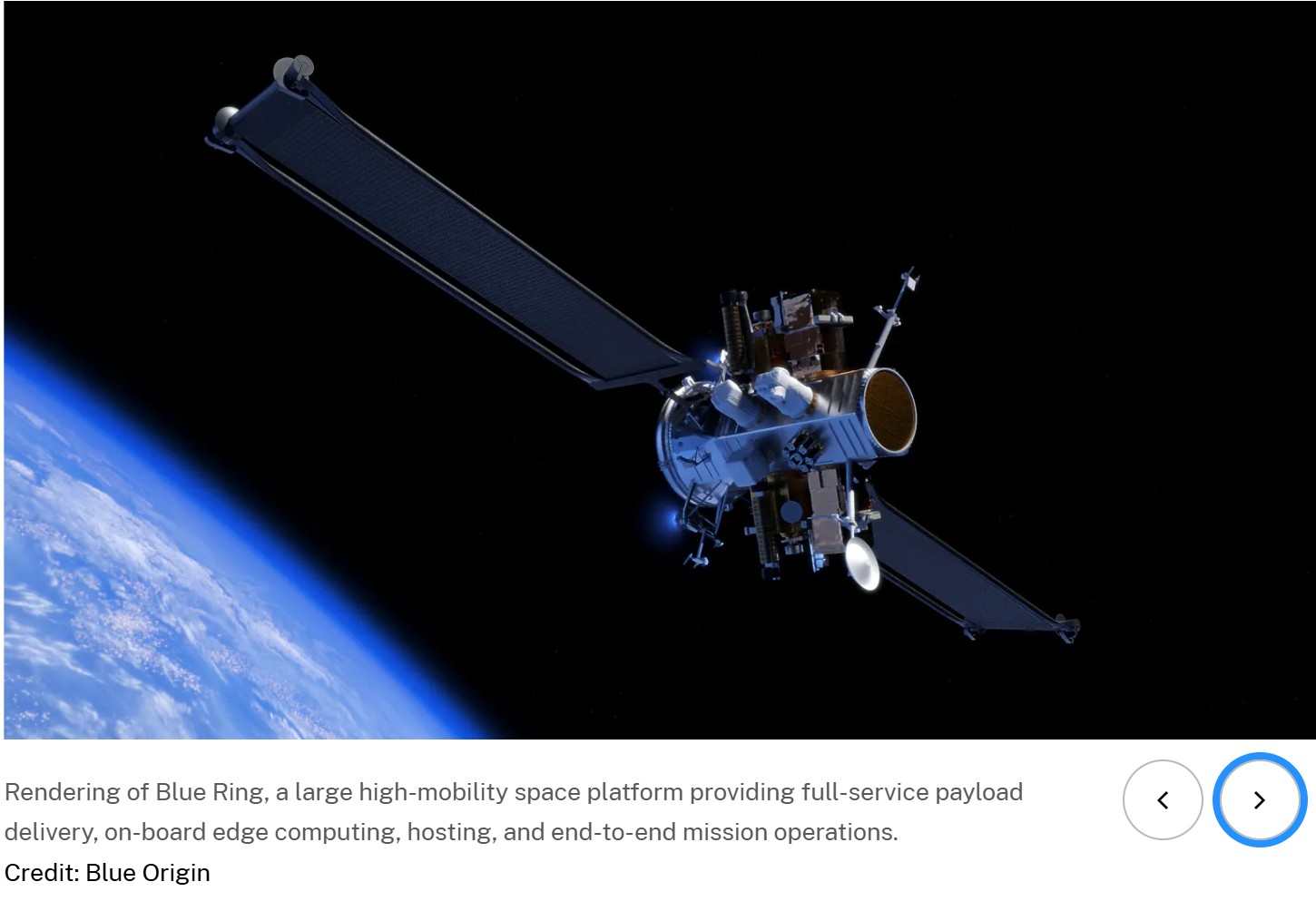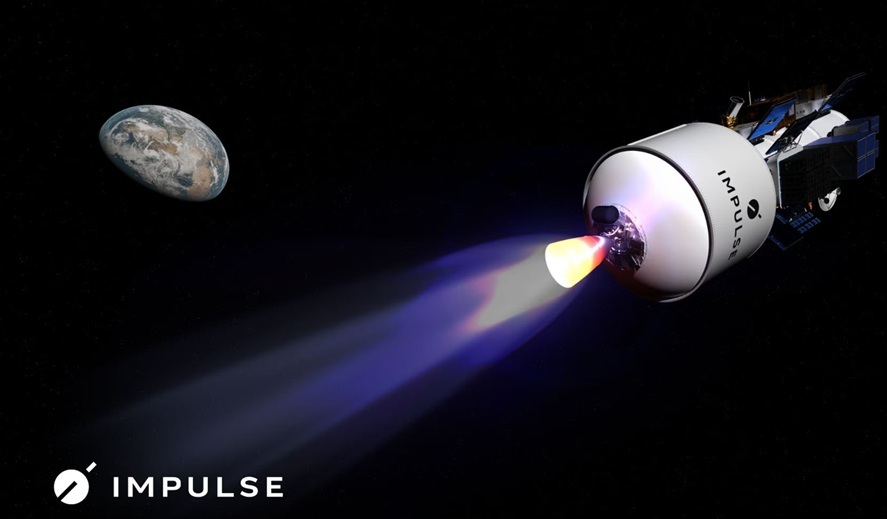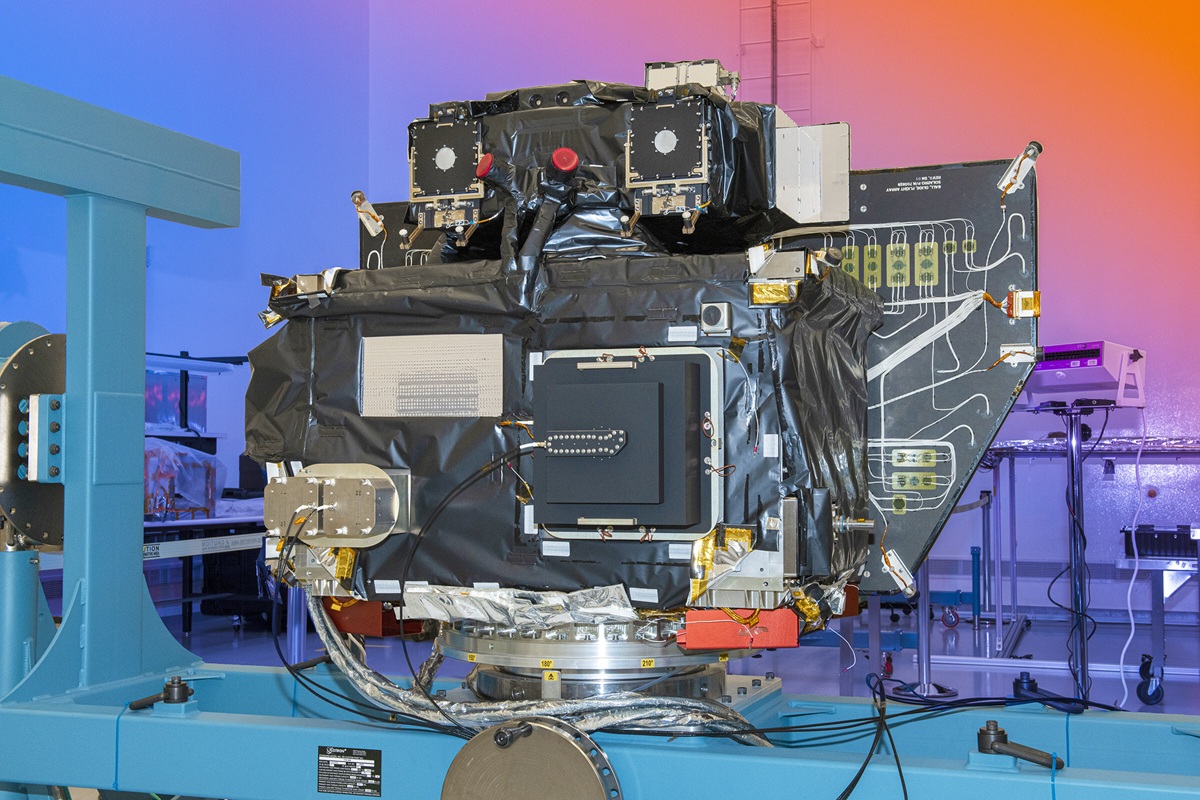NASA has awarded contracts to six U.S. aerospace companies in a strategic move to explore innovative, low-cost methods for delivering spacecraft of all sizes to hard-to-reach orbits. The initiative, announced on August 6, 2025, marks a significant step towards enhancing the agency’s space delivery infrastructure and bolstering the commercial space sector.
The selected companies—Arrow Science and Technology LLC (Webster, Texas), Blue Origin LLC (Merritt Island, Florida), Firefly Aerospace Inc. (Cedar Park, Texas), Impulse Space Inc. (Redondo Beach, California), Rocket Lab (Long Beach, California), and United Launch Services LLC (Centennial, Colorado)—will each conduct studies focused on advancing orbital transfer vehicles (OTVs). The total value for the nine studies across the group is approximately $1.4 million.
“With the increasing maturity of commercial space delivery capabilities, we’re asking companies to demonstrate how they can meet NASA’s need for multi-spacecraft and multi-orbit delivery to difficult-to-reach orbits beyond current launch service offerings,” explained Joe Dant, orbital transfer vehicle strategic initiative owner for NASA’s Launch Services Program at Kennedy Space Center. “This will increase unique science capability and lower the agency’s overall mission costs.”
Each company will bring distinct approaches and technological platforms to the table:
- Arrow Science and Technology, in collaboration with Quantum Space, will study applications for the Quantum Ranger—an adaptive, multi-mission spacecraft designed for rapid maneuvering and multi-destination payload delivery from low Earth orbit (LEO) out to lunar orbits.
- Blue Origin will undertake two investigations. One will focus on Blue Ring, a large and highly mobile space platform with advanced features such as hybrid solar-electric and chemical propulsion, smart payload hosting, and robust mission operations. Target destinations include geostationary orbit, cislunar space, Mars, and beyond. The second study will assess an upper stage for the New Glenn launch vehicle, aiming for expanded mission flexibility.
- Firefly Aerospace will evaluate its Elytra line of orbital vehicles, highlighting Elytra Dark’s capacity for on-demand payload transport, imaging, communications, and long-term operations—especially in lunar orbit, where it is designed to function for more than five years.
- Impulse Space will provide two studies on its OTVs. Mira, their high-thrust, maneuverable vehicle, specializes in payload deployment and hosting, while Helios acts as a “kick stage” for missions leaping from LEO to medium Earth or geostationary orbits and even further.
- Rocket Lab will deliver two studies: one on the Neutron rocket’s upper stage for deep-space missions, and another for a long-life OTV based on its Explorer spacecraft. Both options are engineered for adaptability, capable of servicing destinations ranging from medium and geosynchronous orbits to the Moon, Mars, and near-Earth asteroids.
- United Launch Services (United Launch Alliance) will assess the extended-duration Centaur V upper stage. Its ability to directly shuttle multiple rideshare spacecraft to two different cislunar orbital destinations—without an extra transfer stage—could enable more efficient multi-payload missions.
All studies are expected to be completed by mid-September 2025. NASA will leverage the results to shape future mission design and acquisition strategies. The goal is to identify cost-effective, commercially viable solutions for delivering risk-tolerant payloads, with potential expansion toward larger or more sensitive cargo in subsequent phases.
This round of awards was made under NASA’s VADR contract (Venture-Class Acquisition of Dedicated and Rideshare Launch Services), which is designed to cultivate the commercial launch market in the United States and reduce costs for science and technology missions.
The findings are anticipated to propel both NASA’s long-term ambitions and the growth of American space industry, paving the way for a new era of flexibility and access in orbital logistics.





